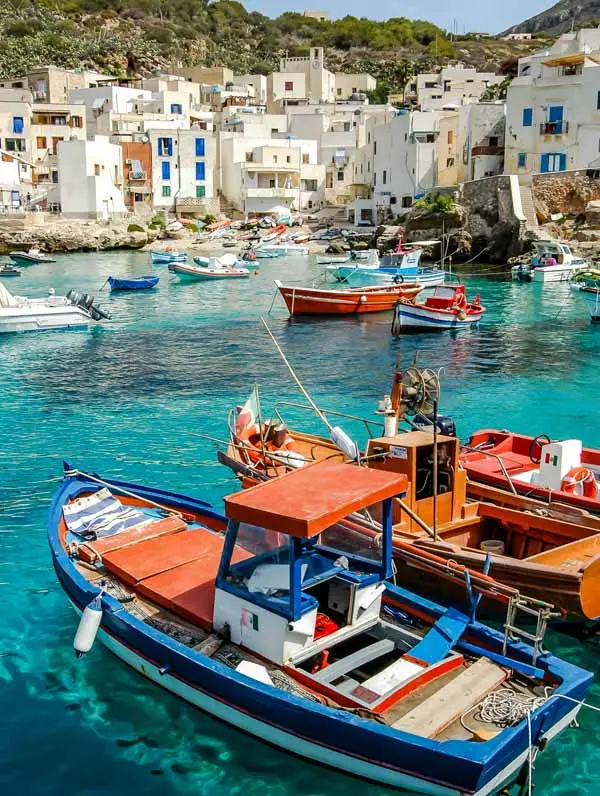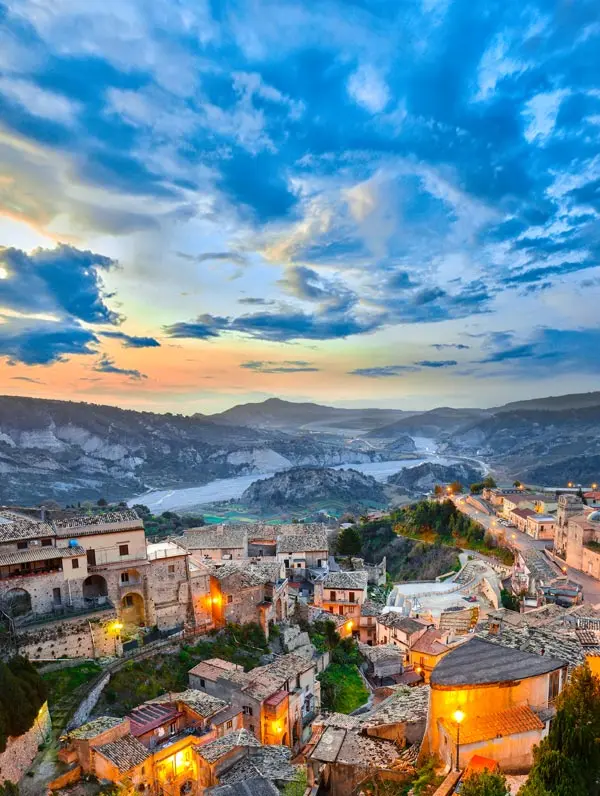For wine enthusiasts and connoisseurs in the UK seeking a unique sip that epitomises Mediterranean flair, the Nerello Mascalese [Neh-rel-loh Mas-ka-leh-seh] grape is a must-try. This indigenous Sicilian variety, predominantly grown on the volcanic slopes of Mount Etna, has Greek roots dating back to ancient times. Boasting a complex profile that dances between fruity and spicy, mineral-rich and tannic, Nerello Mascalese wines pair impeccably with quintessentially British dishes like a hearty meat pie or a sumptuous mushroom risotto. Welcome to the alluring world of Nerello Mascalese.
Primary Flavors
Red forest berries
Cherry
Vanilla
Tobacco
Liquorice
Grape Profile
TANNIN: Noticeably Firm, Structured
ACIDITY: Well Balanced in Acidity
BODY: Balanced in Weight and Complexity
SUGAR: Slightly Dry with a Hint of Sweetness
LEVEL OF ALCOHOL: Fairly Strong (12-14%)
Handling
Serve 16-18°C
Decant 1 hours
Glass Type Tulip Glass
Period open3-5 days
Cellar Between 5 and 10 Years
Our Top selection
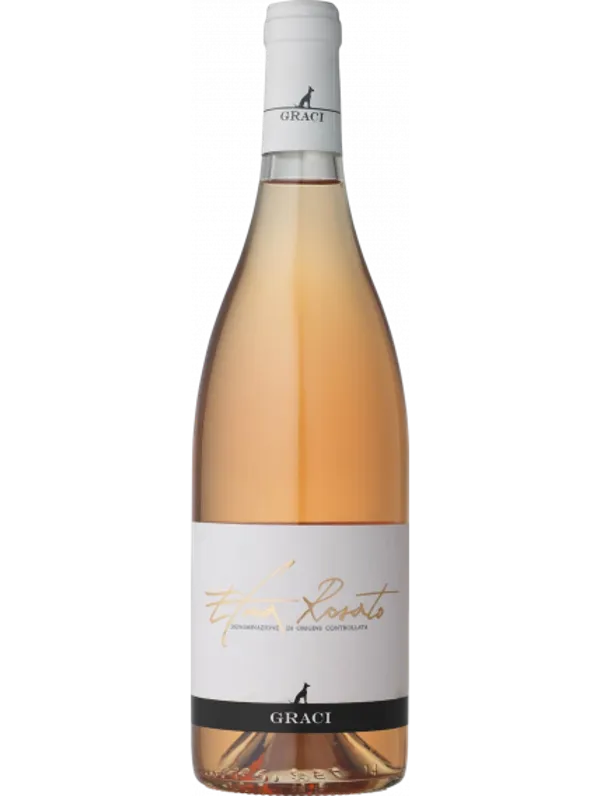
Graci Etna Rosato
Elevated by Mount Etna's volcanic soil, this 2020 rosé offers a fresh palate of strawberries and herbs. A versatile, cellar-worthy choice.
Read more
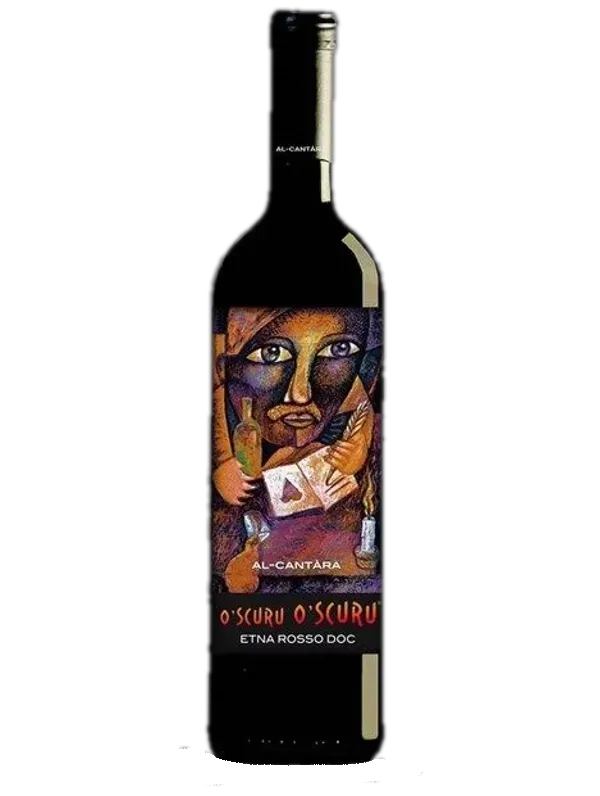
Al-Cantara, 'O'Scuru O'Scuru', Etna, Sicily
A 2019 red, ripe with dark berries and herbal complexity. French oak aging imparts subtle spice. Cellar or enjoy now with red meat.
Read more
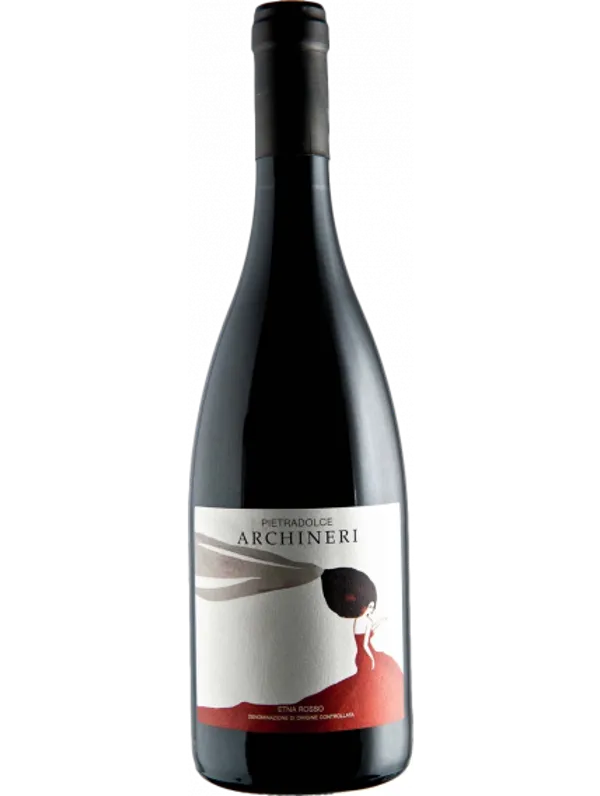
Pietradolce Archineri Etna Rosso
This 2018 red boasts high-altitude allure, mimicking a Premier Cru Burgundy but more approachable. Complex yet soft, a truly masterful wine.
Read more
Nerello Mascalese Regions
Food Parings

Starter: Beef Carpaccio with Truffle Oil
Thin slices of raw beef are elevated with a drizzle of truffle oil, a touch of sea salt, and a sprinkle of capers. This dish complements the wine's red fruit characteristics and doesn't overpower its

Main course: Porcini Mushroom Risotto
Creamy and umami-rich, this Italian classic combines perfectly with the Nerello Mascalese. The wine's mineral notes offer a nice contrast to the earthy porcini, making it a comfort food pairing worthy

Second course: Grilled Lamb Chops
Tender lamb chops seasoned with rosemary and garlic then grilled to perfection. The robust flavours and rich fattiness of the meat are balanced by the wine's tannic structure. It's a union as harmonio

Dessert: Dark Chocolate Tart with Raspberry Coulis
A luxurious tart featuring a velvety dark chocolate filling and a tangy raspberry coulis. The richness of the chocolate resonates with the wine's spicy notes, while the tartness of the raspberry couli
When it comes to matching Nerello Mascalese with food, the wine's fruity and spicy notes, as well as its mineral undertones and elegant tannins, offer a range of culinary possibilities. So, what kind of dishes would make a delightful pair with this Sicilian gem? Whether you're tucking into a classic British roast or exploring international cuisines, this versatile wine can elevate your dining experience.
FAQS
Is Nerello Mascalese exclusive to Sicily?
No, while Nerello Mascalese is predominantly grown in Sicily—especially around the Etna volcano in the province of Catania—it has also started to make its presence felt in other regions of Italy. In particular, there's growing interest in Calabria. However, its deep-rooted connection with Sicilian terroir makes it a signature grape of the region.
Is Nerello Mascalese cultivated in Greece?
No, Nerello Mascalese is not cultivated in Greece. Though some scholars believe the grape was introduced to Italy during the period of Greek colonization around the 8th-7th century B.C., it has primarily grown in Italy, specifically in Sicily.
What is Nerello Mascalese usually blended with?
Nerello Mascalese is often blended with Nerello Cappuccio, another indigenous Sicilian grape, especially in the Etna Rosso wines. The typical blend comprises at least 80% Nerello Mascalese and up to 20% Nerello Cappuccio.
Where can I buy Nerello Mascalese wines?
While Nerello Mascalese wines are increasingly available in specialised wine shops, you can also find them online. If you're keen on trying a tipple, you don't have to fly to Sicily to get a bottle. Above, you will find our curated selection.
Is Nerello Mascalese considered a late-ripening grape?
Yes, Nerello Mascalese is a late-ripening grape, usually harvested around the second week of October. Its late ripening allows for a long growing season, which contributes to its complex flavor profile.
What makes Nerello Mascalese wines unique?
The grape's ability to adapt to its local environment, especially the volcanic soils of Etna, makes it truly unique. Its wines express a strong sense of place, capturing the essence of the terroir they come from.
Want to know it all?
Flavours of Nerello Mascalese: A Sicilian Virtuoso
If you're looking to explore Italian wines beyond the staple Sangiovese and Nebbiolo, then a bottle of Nerello Mascalese might just become your next favourite. This Sicilian grape variety offers a unique profile that could easily captivate a British audience, especially those with a penchant for reds akin to a Pinot Noir or perhaps even a more refined Beaujolais.
Red Forest Berries
Cherry
Vanilla
Tobacco
Liquorice
As you pour yourself a glass of Nerello Mascalese, your eyes would be greeted by its ruby-red hue, tinged with garnet reflections particularly noticeable in aged variants. But it's the nose that would truly get you excited, as if taking a stroll through a Sicilian orchard under the warmth of the Mediterranean sun. You'll detect a complex bouquet of red fruits, mingled with spices—liken it to the English hedgerow but with a dash of pizzazz. Notes of liquorice, tobacco, and vanilla may also swirl around, enriching the wine's aromatic profile.
When it comes to taste, this grape variety is an epitome of its terroir—volcanic, complex, and somewhat mysterious. Grown primarily on the volcanic slopes of Mount Etna, the wine expresses a distinct minerality, reminiscent of the soil's volcanic richness. If the pub culture has taught the Brits anything, it's the appreciation for complexity and layering of flavours, and this wine delivers precisely that with an elegant tannicity. The palate is smooth and well-rounded, with red fruits manifesting themselves once again, this time accompanied by a distinctive mineral bite.
Handling the Grape: Tips for Connoisseurs
When it comes to serving Nerello Mascalese, attention to detail can elevate your drinking experience. For starters, aim for a serving temperature between 16 and 18 degrees Celsius. A large, tulip-shaped glass will allow the wine's nuanced aromas to fully express themselves. If the wine is particularly young or tannic, consider decanting it for at least 45 minutes to an hour before serving. Once opened, a bottle of Nerello Mascalese can last for up to 3-5 days if re-corked and stored in a cool, dark place. For those who wish to age this wine, a well-maintained cellar can keep Nerello Mascalese in optimal conditions for 5-10 years.
The Grape's History and Locale
The grape's history is as rich as its flavour profile. Some scholars believe Nerello Mascalese made its way to Italy during the Greek colonization in the 8th and 7th centuries BC. Although originally passed through Calabria, it found its permanent home in Sicily during Roman times, specifically in the volcanic soils of Mount Etna. This unique terroir imbues the grape with its distinctive mineral notes, making it a point of fascination for wine lovers, British or otherwise.
The Name Explained
The grape's name is another captivating element. "Nerello" reflects the dark hue of the grape skins, whereas "Mascalese" pays homage to Mascali, a region in Catania where the grape thrives. Mascali's fertile, volcanic soil and strong agricultural tradition offer ideal conditions for the grape, sealing its status as a beloved local variety.
Distinctive Features
Nerello Mascalese is highly adaptable, capable of reflecting the characteristics of its terroir, which includes volcanic-lava-rich soil, and a unique climate marked by dramatic temperature shifts. It matures late in the season, usually around the second decade of October, adding a layer of complexity to its harvest. Despite the dark implication in its name, the grape has a light-blue skin, making it easily distinguishable from other varieties.
A Local Twist
Nerello Mascalese goes by another name among the local Sicilian viticulturists—"Niuriddu Mascalisi." So if you ever hear this term, rest assured that it’s our grape in question.

